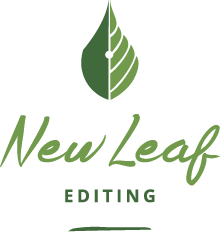Today’s tangents will become tomorrow’s arcs, and unforeseen connections will tie up your loose ends in a way that will make you want to slap your head and holler at your accidental brilliance. ― Chris Baty
I happen to be an epiphany junky. When I’m writing, I get a little thrill out of the epiphany moment when I suddenly find “unforeseen connections,” threads of the story that can now be woven into the tapestry of the story, making it closer to an integrated whole.
That’s how my first novel developed, very organically, with adding and tweaking elements here and there and constantly trying to draw connections between them—little epiphanies, like weaving threads into a tapestry. I tended to jump around, meaning that if the muse wasn’t with me in one part of the story, I would just work on a part that engaged me a little more. Some call this “pantsing,” in other words, writing by the seat of your pants rather than planning out at least some of the story with a skeleton outline before writing it ( called “plotting”).
There are pros and cons to both pantsing and plotting. Pantsing allows you more freedom to get creative and find those unforeseen connections. But the plotting method can save you loads of time, because you won’t end up having to organize half-developed scenes and notes on scraps of paper and writing five different drafts. Combining the two methods gives a writer the advantages of both.
On the other hand, I’m not sure you can choose how a story finds its way onto paper or screen. It’s more a matter of embracing whatever makes that happen.
